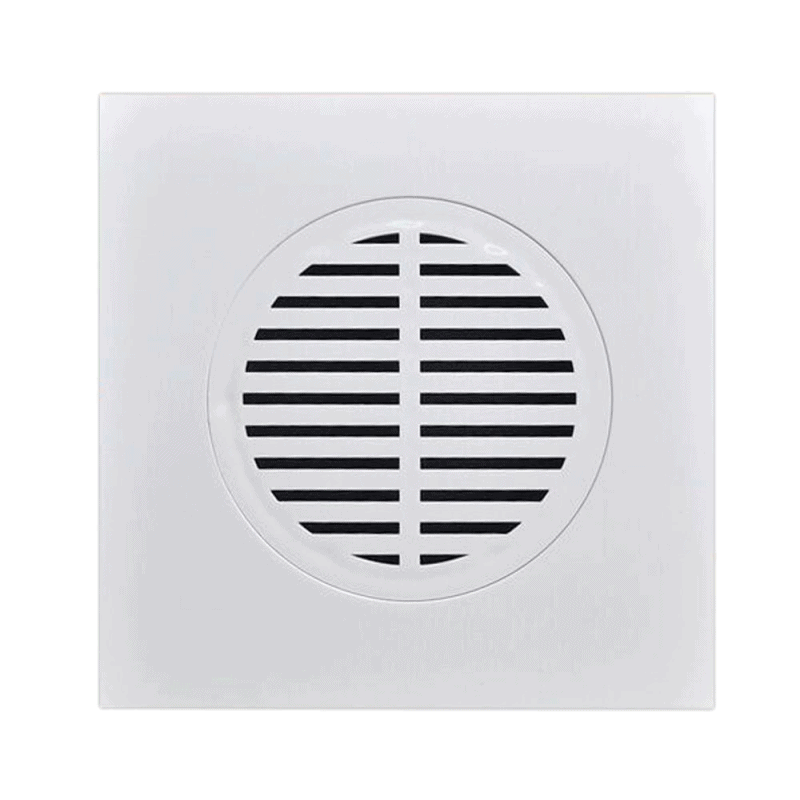Types of Shower Floor Drains: A Comprehensive Overview
While often overlooked, the shower drain is pivotal in ensuring that our bathroom spaces remain functional and water-free. Beyond their primary function, shower floor drains have evolved into stylish bathroom fixtures, adding aesthetic value to modern bathrooms. If you’re looking to understand the variety available or considering an upgrade, this guide will offer insights into the different types of shower floor drains:
Types of Shower Floor Drains Based on the Number of Pieces
a) Single-piece drain:
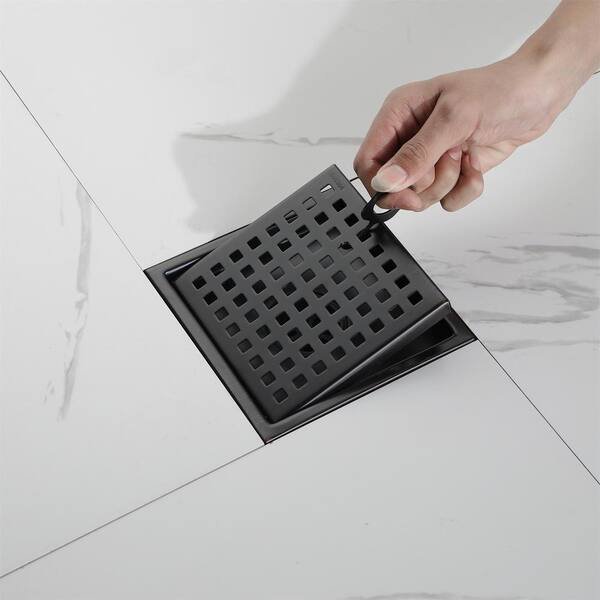
Single-piece drain is the easiest by its parts. You can find this kind in tiled shower bases placed over concrete floors. If concrete opens to moisture and water, it is not affected by damage.
These drains are Strainer fixed into the dipped area of a pipe opening. The drainpipe can be placed into this opening. The filter attaches to the top, applying screws.
b) 3-Piece drain:
Due to the resemblance in construction, you can also apply a 3-piece as a floor drain. A three-piece drain fits a tiled flooring below a shower container. It ensures the wooden subfloor is protected from rot, mildew, and mold. It has three pieces that engage you to make modifications depending on the tile’s breadth.
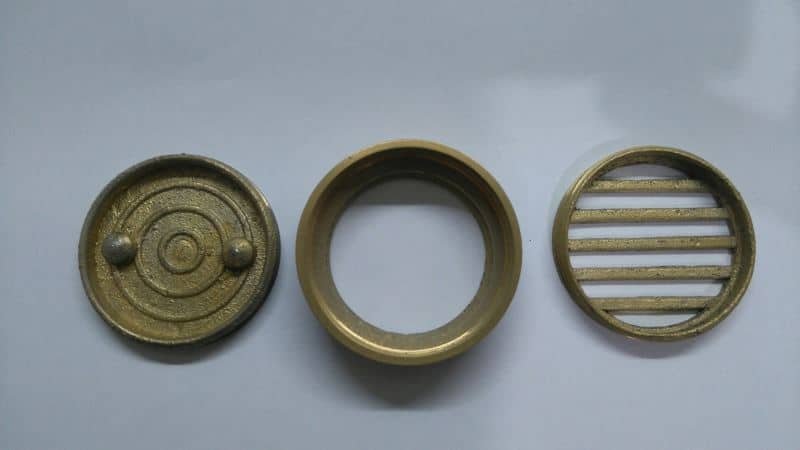
The top component fastener in the central part, screws in the pip socket, and shower base are present at the bottom part of the drain. Only expert plumbers should fix this because sealing all components is challenging.
c) Multi-piece shower drain:
Muti-piece drains are the most complex variety available. Although it is used in the easiest shower stalls. Such as those with one-piece or pre-molded stalls. The multi-piece contains parts,
· Locking ring
· Thread drain body
· Flange
· Tighten nut
· Strainer
· Compression gasket
Above the floor of the shower area, a filter to Flange can be installed. The remaining ones are present below the bottom of the shower area. These must be first fixed before the shower base skates into place.

Types of Shower Floor Drains Based on Design:
When it begins to design, you can assume many options. Although, they lie in two main categories: linear and point drains. It is important to ensure that both channels can carry water away equally.
Selecting among the two is more about the individual decision regarding budget and design. Generally, linear drains are more expensive as compared to point drains. Let us discuss it one by one.
Point drains:
Point drain is the most common type of shower drain. The majority of us are familiar with point drains. Point drains are small ones in the middle of the shower ground. The floor must be sloped from all d so that water flows. These shower drains are often rounds. However, you can also meet square top ones that outfit better with four-sided tiling.
Advantages
· Very common
· Can get them with square grills or round shape
· Less expensive as compared to linear drains.
Disadvantages
· Not a good fit for curbless showers
· Not work with large tiles.
Pro Tip: Operate for square draining grilles rather than round ones. Because tiles are four-sided, having a square drain will be more reliable. You remove the want-to-get rounded styles on the flooring.
Linear drains:
Linear drains are narrow and long. It adds uniqueness and style to the shower. You can get these in the center of the floor. But, most homeowners put them along the wall or one side of the shower section.
The design and placement of linear drains suggest that the whole floor slips even to drain. It has no funnels. You can meet these drains in various lengths and sizes. Some advantages and disadvantages of it;
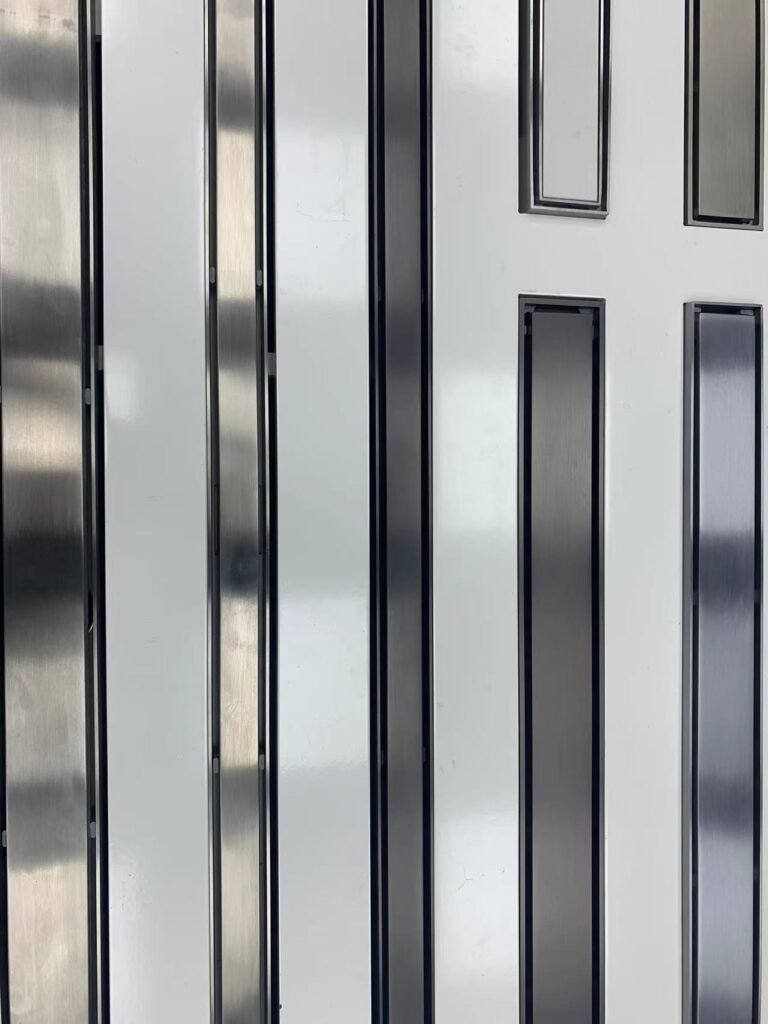
Advantages:
· Floor slopes in 1 direction
· Can use huge tiles
· Work great for curb-less showers
Disadvantages
· More expensive as compared to point drains
Extra Types
Traditional Point Drains
- Description: These are the most common shower drains positioned centrally or in one of the corners of the shower space. They require the shower floor to be sloped from all directions toward the drain.
- Advantages: They are widely available, affordable, and have various designs matching bathroom aesthetics.
- Considerations: They might require more intricate tile cuts due to the multi-directional slope needed.
Tile-insert Drains
- Description: These drains allow inserting a tile or stone matching your shower floor, making the drain nearly invisible.
- Advantages: Offers a seamless look, creating a smooth, uninterrupted shower floor design.
- Considerations: Requires precise tile cutting to ensure a snug fit and periodic removal for cleaning purposes.

Hidden Drains
- Description: These are designed to be concealed beneath the bathroom fixtures or under the edges of the shower floor.
- Advantages: Offers a clean look without visible drain covers. It’s ideal for minimalist or ultra-modern bathroom designs.
- Considerations: Installation might be more intricate, and potential issues could be harder to diagnose without direct access to the drain.
Decorative Drains
- Description: These are traditional point or linear drains with decorative patterns or designs on the grate.
- Advantages: Adds aesthetic value to the shower space and can be matched with other bathroom fixtures.
- Considerations: Price varies based on the complexity and material of the design.
Barrier-free Drains
- Description: These are specifically designed for curbless showers, often combined with linear or tile-insert drains.
- Advantages: Facilitates accessibility, especially for those with mobility challenges. It’s also a popular choice for modern, seamless bathroom designs.
- Considerations: Requires careful installation to ensure water flows correctly without any pooling.
Materials & Durability Shower floor drains are made from a variety of materials, but the most popular are:
- Stainless Steel: Rust-resistant, durable, and offers a modern look.
- PVC or ABS Plastic: Lightweight and resistant to corrosion. Ideal for non-visible parts of the drain system.
- Brass: Offers durability and a polished, classy appearance.
The evolution of shower floor drains has improved their functionality and added to the aesthetics of contemporary bathrooms. Whether you’re going for a minimalist look with a hidden drain or a luxurious feel with decorative grates, understanding the types available will ensure you make an informed choice. Remember to consider ease of cleaning and maintenance when choosing the perfect drain for your space.
More Information About Floor Drain
Selecting a draining floor for your shower can be simple if you know your bathroom’s floor construction and the form you need. When it comes to installation, there are three primary categories of showers.
Suppose your shower tile is on wooden floors. You will need a different drain than related to concrete floors. One-piece showers and pre-shaped shower bases will need an alternate class of drain.
Before installing and buying a shower drain, you must check the kind of shower. If you have no idea, consult with the expert. Remember that DIY fitting requires an understanding of plumbing and skill level.
Selecting a finish and style
Regardless, you work with a linear or point drain. You will select the style and finish you need. It leads to the piece of sewer that is obvious on the ground. You will need to get it to match your bathroom decoration’s base. It refers to the end of the trough so that everything links collectively.
There are so many to pick out. You can go for perfect and timeless pieces or take a risk with more loud and bold designs.
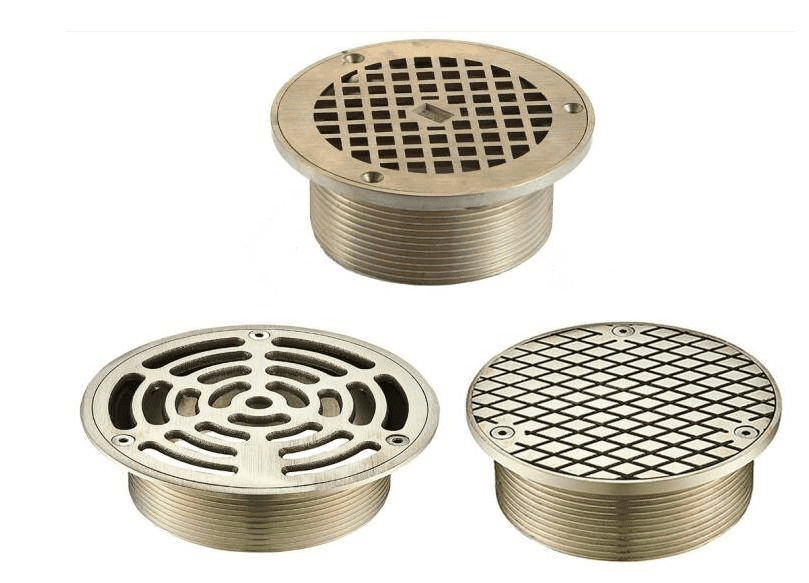
d) Hidden drain or decorative drain:
After selecting the kind of sewer to use:
- Choose what color and style you want to use.
- Learn this is a valuable element, so going overboard with its aesthetics is unnecessary.
- Acknowledge performing resembles your bathroom floor and tiles if workable.
Decide where to put the drain in your shower pan based on size and location. If you can, place the strain on the edge of the pan. Apply the corresponding tile you applied on the shower floor for this section.
e) Tile-able Grate:
There is another choice you can check out. The tile-able grate gives an aesthetic and intelligent option. If you apply, the same tile for the shower floor adheres to the hard surface on the top of the grate. The water will tap about the corners of the grille.
The base of the floor combined with the tiled-grate domain can be the if you have not added a separate drain at all. A simple furnishing will make enough usage out of this choice.
Final Words:
While there are various kinds of shower drains accessible. They come into two major types. Linear drains are rectangular and extended, fitted on one of the shower walls. They are usually traversing the entire extent of that wall.
Those are less familiar than point drains, but you’ll almost always see them applied in curbless showers. Point drains are the well-known round and little shower drains in most showers. They set in the shower center, with the ground sloping in each direction.
